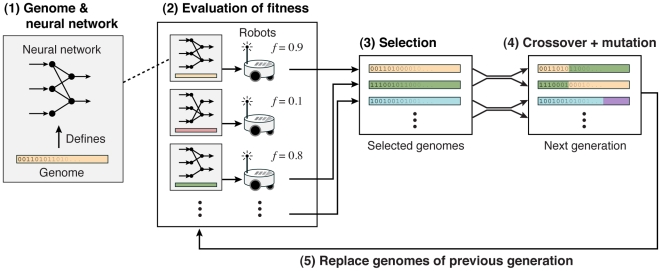Figure 1. Major steps of Darwinian selection with robots.
1) The robots have a neural network with the strength of connections between neurons determining their behaviour as a function of the information provided by the environment. 2) The fitness f of each robot (i.e., the performance in the task assigned to them) is measured in the experimental setting using real robots or physics-based simulators. 3) The genomes of robots with highest fitness are selected to form a new generation. 4) The selected genomes are paired to perform crossover and mutations. 5) The new genomes are used to perform a new round of selection in the next generation.

